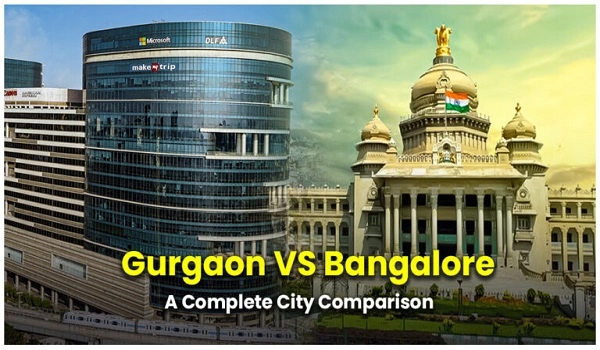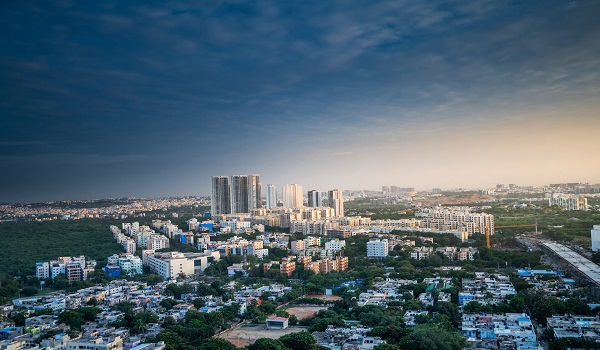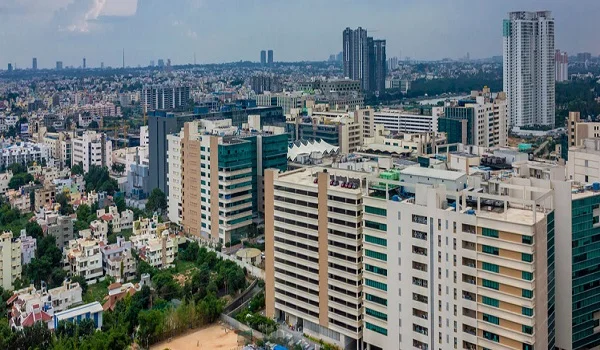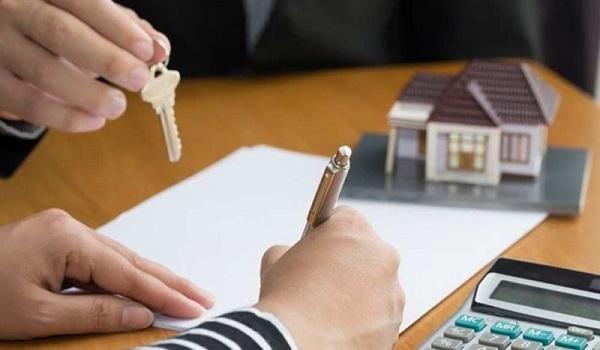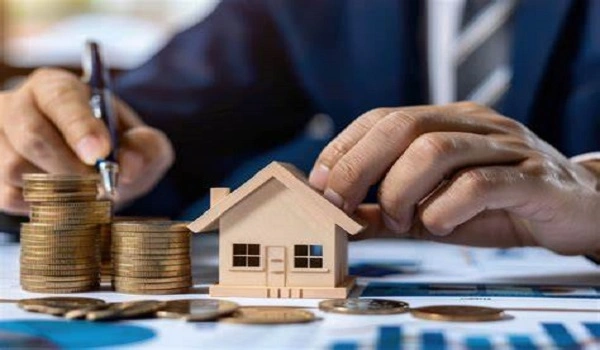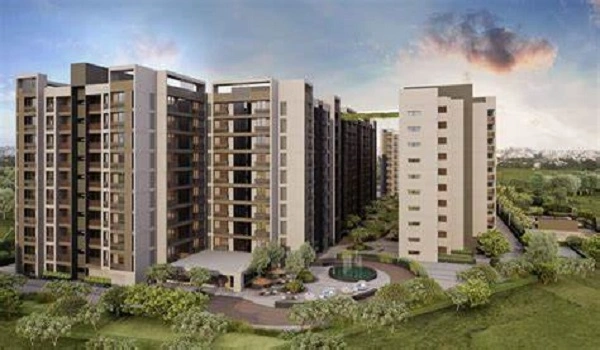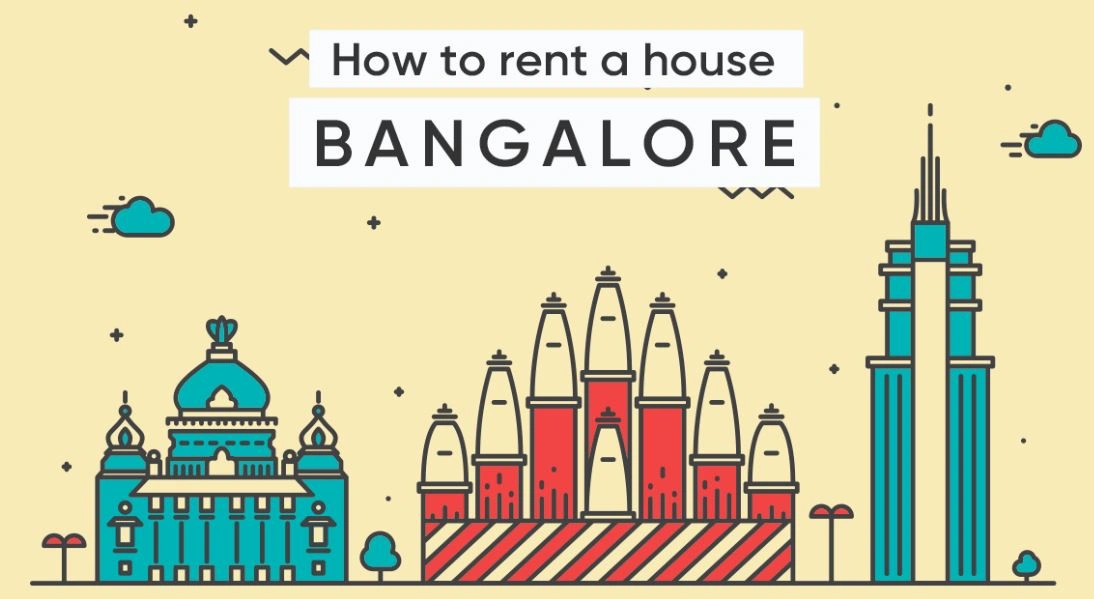Urban Heat: How Modern Homes in Bangalore Stay Cool with Smart Design
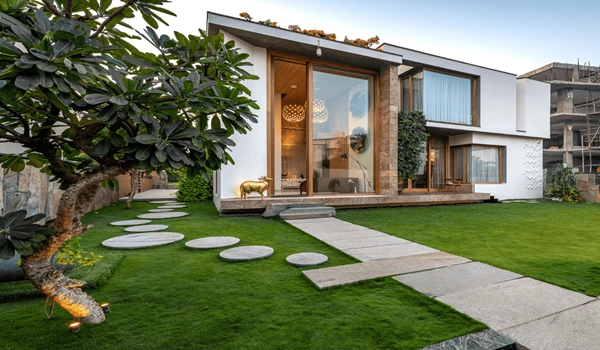
If you've noticed that Bangalore feels hotter than it used to, you're not alone. The rising temperatures in cities like ours are real, and it's because of something called the Urban Heat Island (UHI) effect. This simply means that city areas are often much warmer than the surrounding countryside—sometimes by up to 12°C at night.
Why does this happen? Because we've replaced trees, grass, and open land with buildings, roads, and vehicles. Concrete, asphalt, and glass soak up heat all day and release it slowly, keeping cities hot even after sunset. Add in car exhaust, AC units blowing out hot air, and tall buildings that block wind—and you've got the perfect recipe for a heat trap.
- Health Risks: Heat can lead to more cases of dehydration, heatstroke, and breathing problems—especially for kids, senior citizens, and people without access to cooling.
- Higher Bills: The more we use air conditioners, the more we pay. ACs already account for 20–40% of peak electricity use in hot cities.
- Environmental Damage: Using more energy means releasing more carbon dioxide, which only makes climate change worse.
- City Stress: Hotter cities put pressure on roads, water supply, and public health systems.
Developers in Bangalore—especially in fast-growing places like Sarjapur Road and Kodathi Village—are responding with smarter buildings that stay cool naturally. Here's how:
Homes are now being planned with natural airflow in mind. When windows are placed on opposite sides, air can flow through and push out the heat—this is called cross ventilation.
Buildings are often shaped and positioned so that they block strong sunlight, especially from the east and west. Even small design choices—like using shade-providing balconies or planting trees in front—can make a big difference.
Adding plants and gardens on rooftops or walls helps keep buildings cooler. These green layers absorb less heat and also release moisture, cooling the air around them.
Roofs painted white or with reflective coatings can stay 10–15°C cooler than regular ones. These are becoming common in new housing societies.
Materials like fly ash bricks and aerated concrete are replacing regular bricks. They don't store as much heat and are also more eco-friendly.
Thicker walls, shaded glass, and special insulations are now standard in premium projects. These help stop outside heat from entering your home.
In gated communities like Birla Evara, developers are planting more trees, creating shaded walkways, and adding large green zones. Trees can bring down the surrounding temperature by up to 10°C.
Parks with fountains or small ponds help cool the nearby air naturally. These are now being used not just for looks—but for comfort.
Instead of dark asphalt, some new developments use lighter, heat-reflective surfaces for roads and pathways.
New buildings are using energy-efficient AC systems that cool only where and when needed. These reduce both power use and bills.
Some homes now use smart sensors that adjust lighting, ventilation, or blinds automatically based on the weather.
Windows made from smart glass can get darker in the heat and lighter when it's cooler, helping manage how much sunlight and heat enters your home.
Buying a home in a climate-conscious project isn't just about being "eco-friendly." It directly impacts your daily life:
- Lower electricity bills (less AC use)
- Better sleep and comfort (cooler bedrooms at night)
- Healthier indoor air (less humidity and better ventilation)
- Future-ready living (designed for changing weather)
Projects like Birla Evara are already using many of these ideas. They blend thoughtful design with greenery and technology to offer homes that are not just modern—but made for the future.
Urban heat isn't going away—but our buildings can be better prepared. Instead of depending only on fans and ACs, we can design homes that work with nature, not against it. From better materials and smarter layouts to green rooftops and tree-covered roads, there's a quiet revolution happening in real estate.
If you're planning to buy a new home, look beyond just square footage and amenities. Ask questions like:
- Does this home stay naturally cool?
- How is it ventilated?
- Is the roof reflective or shaded?
- What kind of trees and green areas does the community have?
Because the best kind of future is one that feels cool, calm, and comfortable—no matter how hot the city gets.
| Enquiry |
